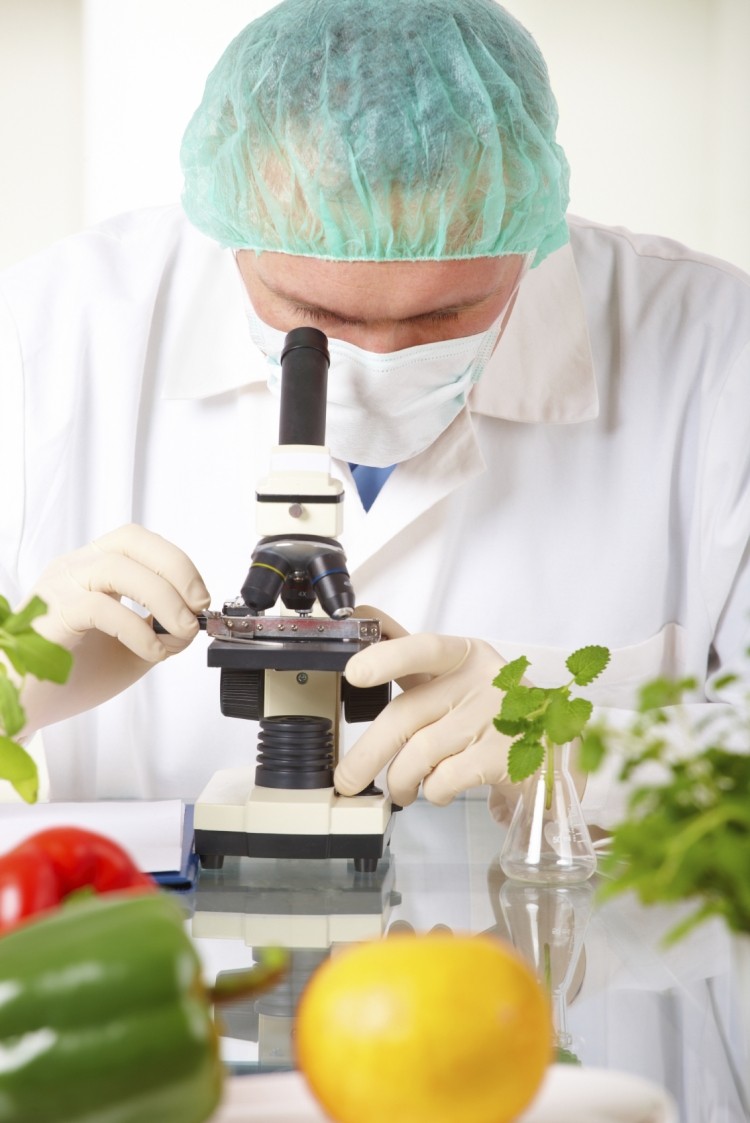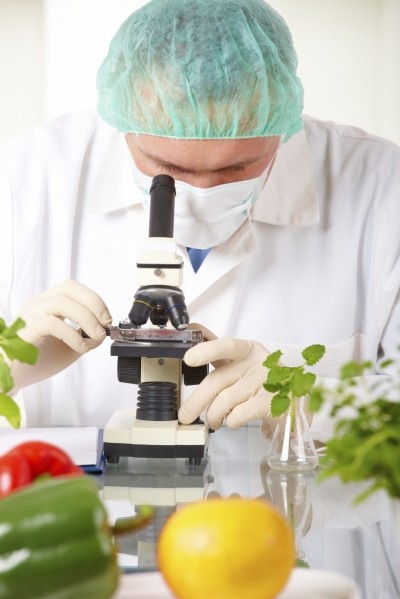Antioxidant measures require ‘urgent’ standardisation, say researchers

Writing in the Journal of Food Science, an international team of researchers said there was “an urgent need” for standard protocols to be established and used in the measurements of total antioxidant capacity (TAC) and total phenol (TP) values for foods and drinks.
Led by Dr C-Y Oliver Chen of Tufts University in Boston, the research team explained thatwhilst TAC values – such as the ORAC assay – are being increasingly used for comparison of polyphenol-rich foods and beverages, the wide choice of standards, test concentrations, and dilution factors used in research could introduce variation and possibly confound final antioxidant values.
“Choice of standards and test concentrations, even within the linear range of standards, may introduce variation probably due to synergy/antagonism between antioxidant and thereby, confound final TAC values,” said Chen and his colleagues.
“Thus, test concentration or dilution factors of samples should be considered in the design of TAC assays and interpretation of their results,” they added.
Antioxidant capacity
Many studies have suggested that antioxidant rich foods and drinks could bring potential health benefits – with findings from many observational studies showing an inverse association between antioxidant intake and reduced risk of chronic diseases including cancer, cardiovascular disease, Alzheimer’s disease, age-related macular degeneration, and rheumatoid arthritis.
“As a result, the antioxidant content of fruit and vegetables and related products, including juices, has been increasingly used to promote their putative health benefits to consumers,” noted Chen and his team.
However, in order to achieve this, several chemical evaluations (assays) of total antioxidant capacity have been developed - to readily assess and rank overall antioxidant capacity of foods and beverages.
The team noted that many measures of TAC have been widely used to characterise antioxidant-rich foods, botanicals, and beverages, and, with extrapolation provide an estimate of total antioxidant intake.
Such tests include: the oxygen radical absorbance capacity (ORAC), ferric reducing antioxidant power (FRAP), Trolox equivalent antioxidant capacity (TEAC), 2,2-diphenyl-1-picrylhydrazyl (DPPH), and total radical-trapping antioxidant parameter (TRAP) assays.
However, Chen and his team argued there is a need for greater understanding and improved methodology for TAC assays as “relatively little effort has been undertaken to compare and correlate these TAC measures.”
They added that the extent to which sample dilution factor affects total antioxidant capacity (TAC) values is also poorly understood.
Diluted of value?
In the study the research team examined the impact of changes in dilution factor on ORAC, FRAP, DPPH, and total phenols (TP) assays using pomegranate juice, grape juice, selected flavonoids, ascorbic acid, and ellagic acid.
For ORAC, grape juice was comparable to pomegranate juice at a dilution factor of 750, but at a dilution of 2000 the ORAC value of grape juice was 40% higher than pomegranate.
Increasing dilution factor for grape juice and pomegranate juice was found to increase DPPH, TP, and FRAP values, whilst higher test concentrations of quercetin and catechin resulted in 51% and 126% greater ORAC values – but decreased naringenin by 68%.
“Thus, reporting total antioxidant content or total polyphenols using a single dilution factor may introduce uncertainty about the confidence of TAC assay values, especially when comparing different juices,” said the researchers.
They added that using a single TAC value for mixtures of polyphenols in foods and beverages “may not provide an effective comparison”, and argued that in order to be useful for database applications, “there is an urgent need to establish standardised TAC and TP protocols.”
Source: Journal of Food Science
Published online ahead of print, doi: 10.1111/j.1750-3841.2011.02538.x
“Assay Dilution Factors Confound Measures of Total Antioxidant Capacity in Polyphenol-Rich Juices”
Authors: B.W. Bolling, Y.Y.Chen, A.G. Kamil, C.Y.O. Chen





